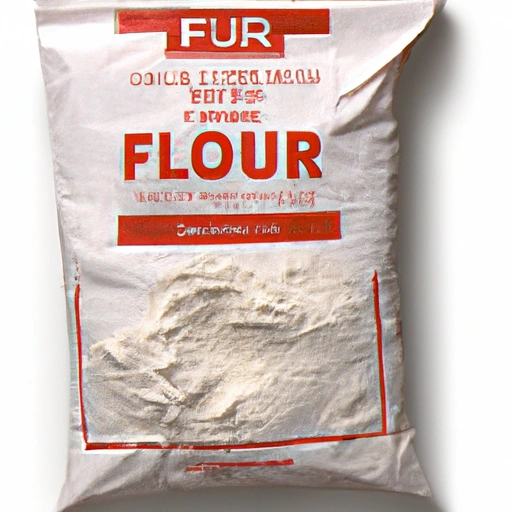Plain Flour
Description

Plain flour, also known as all-purpose flour or AP flour, is a staple ingredient found in kitchens worldwide. It is a wheat flour that has not undergone any bleaching process and is without any leavening agents. Its versatility makes it a go-to for various recipes, from pastries to breads. Plain flour typically contains a moderate amount of protein, usually around 9% to 12%, which can vary by brand and region. The protein content affects the gluten formation, making plain flour suitable for a wide range of culinary applications.
In American recipes, plain flour is measured in cups, with one cup equating to approximately 120 grams or 4.23 ounces. European recipes often require weighing ingredients for precision and will list flour in grams or kilograms. Azjan (Asian) recipes may use a variety of units, including traditional cups as well as grams, depending on the region.
Common uses
Plain flour is commonly used as a thickening agent in sauces and gravies. It's also the base for various doughs and batters, ranging from pizza dough to pancake batter. The flour can be used to create a roux, dusting surfaces for kneading dough, and coating foods before frying to achieve a crisp texture.
Nutritional value
Calories
Plain flour contains about 364 calories per 100 grams or 3.5 ounces.
Protein
It provides roughly 10 grams of protein per 100 grams or 3.5 ounces.
Fat
Plain flour has a low fat content, typically around 1 gram per 100 grams or 3.5 ounces.
Carbohydrates
It is rich in carbohydrates, with around 76 grams per 100 grams or 3.5 ounces.
Vitamins
Plain flour is a source of several B-vitamins, including thiamin, riboflavin, niacin, and folate.
Minerals
It also contains minerals such as iron, calcium, and magnesium.
Health benefits
Plain flour can be part of a balanced diet. Its B-vitamin content supports energy production and cellular function, while the minerals found in plain flour are important for bone health and metabolic processes.
Potential risks
As a refined grain, plain flour lacks fiber and can contribute to blood sugar spikes. Overconsumption may be linked to weight gain and increased risk of chronic diseases. Those with gluten sensitivity or celiac disease should avoid plain flour.
Common recipes
Plain flour is used in a myriad of recipes like cakes, cookies, pastries, breads, pastas, and pie crusts, among others.
Cooking methods
It can be used in baking, frying, steaming, and as a component in batter or dough in various culinary traditions.
Pairing with other ingredients
Plain flour pairs well with both savory and sweet ingredients, making it extremely adaptable to different flavor profiles.
Summary
Plain flour is an essential and adaptable ingredient that plays a vital role in countless recipes. With its moderate protein content, it offers flexibility in baking and cooking. While it provides certain nutritional benefits, it should be consumed in moderation due to potential health risks associated with refined grains. As a cornerstone of culinary arts, plain flour continues to be indispensable in both home and professional kitchens around the globe.